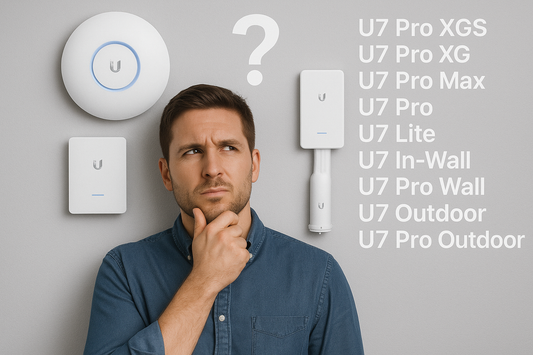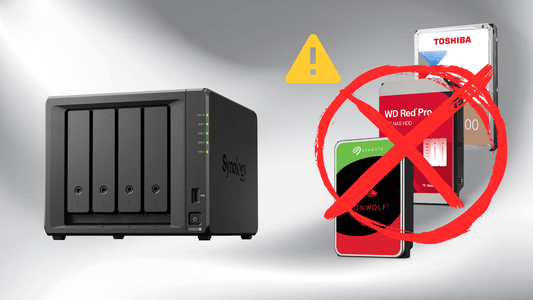WiFi 7 in 2024: Everything You Need to Know About the Fastest Wireless Future

Wi-Fi 7: The Next Frontier in Connectivity
Wi-Fi has become a cornerstone of modern connectivity. With the upcoming release of Wi-Fi 7, users can expect even more advancements in speed, efficiency, and security. This article delves into what we can anticipate with the new Wi-Fi 7 standard, and how it compares to its predecessors.
Understanding Wi-Fi 7 and Its Launch Timeline
Official approval of the seventh-generation Wi-Fi standard may still be on the horizon, but the tech world isn't just waiting around. Over a third of tech businesses are preparing to roll out Wi-Fi 7 devices by the year's end, as per the Wireless Broadband Alliance.
Although Wi-Fi 7, dubbed 802.11be Extremely High Throughput, doesn't have a definitive launch date yet, the Institute of Electrical and Electronics Engineers (IEEE) is set to finalize it by mid-2024. This standard promises monumental enhancements over prior Wi-Fi versions, paving the way for stronger and more versatile connectivity solutions.
Gear manufacturers are already on the move, producing Wi-Fi 7 compatible products like chips, routers, and repeaters. These early releases will be updated with firmware tweaks as the final standard becomes clear. Plus, with its backward compatibility with Wi-Fi 5 and Wi-Fi 6, businesses won't face any hurdles using older equipment.
ReportLinker's recent analysis predicts the Wi-Fi 7 market to skyrocket, with its value anticipated to touch a whopping $1 billion by this year's end. The subsequent decade might witness a compound annual growth rate of 57.2%, shooting the market's value to an estimated $24.2 billion by 2030.
Key Features Making Wi-Fi 7 a Must-Have
-
Unprecedented Speed: At a theoretical maximum throughput of 46Gbps, Wi-Fi 7's speed surpasses Wi-Fi 6 and 6E by almost four times and Wi-Fi 5 by five times. This makes it suitable for applications like AR/VR, high-definition video streaming, real-time telemedicine, and industrial automation.
-
Revolutionary Efficiency: The introduction of Basic Service Set (BSS) Coloring will significantly diminish interference in areas dense with multiple Wi-Fi networks.
-
Low Latency: The Multi-Link Operation (MLO) in Wi-Fi 7 facilitates simultaneous data sending and receiving over diverse radio bands, optimizing the latency.
-
Enhanced MU-MIMO: Wi-Fi 7 takes MU-MIMO to the next level by supporting both downlink and uplink MU-MIMO, and doubling the MU-MIMO streams from eight to 16.
-
Robust Security: On top of the Wi-Fi Protected Access 3 (WPA3) security protocol, Wi-Fi 7 also comes with features like device tracking and location support.
Comparative Overview of WiFi Generations
| Feature | WiFi 5 | WiFi 6 | WiFi 6E | WiFi 7 (Anticipated) |
|---|---|---|---|---|
| Introduction Year | 2013 | 2019 | 2021 | 2024 |
| IEEE Standard | 802.11ac | 802.11ax | 802.11ax | 802.11be |
| Top Data Rate | 3.5 Gbps | 9.6 Gbps | 9.6 Gbps | 46 Gbps |
| Frequency Bands | 5 GHz | 2.4 GHz, 5 GHz | 2.4 GHz, 5 GHz, 6 GHz | 2.4 GHz, 5 GHz, 6 GHz |
| Channel Width | 20, 40, 80, 80+80, 160 MHz | 20, 40, 80, 80+80, 160 MHz | 20, 40, 80, 80+80, 160 MHz | Up to 320 MHz |
| Modulation Scheme | 256-QAM OFDM | 1024-QAM OFDMA | 1024-QAM sOFDMA | 4096-QAM OFDMA (with enhancements) |
| MIMO | 4×4 MIMO DL MIMO | 8×8 UL/DL MU-MIMO | 8×8 UL/DL MU-MIMO | 16×16 UL/DL MU-MIMO |
| Resource Units (RU) | - | RU | RU | Multi-RUs |
| MAC Layer Innovations | - | - | - | MLO |
Looking Ahead
Wi-Fi 7 signifies a monumental stride in speed, connectivity, efficiency, and security. If you're eyeing an upgrade, now's the moment to start strategizing.
No comments







0 comments